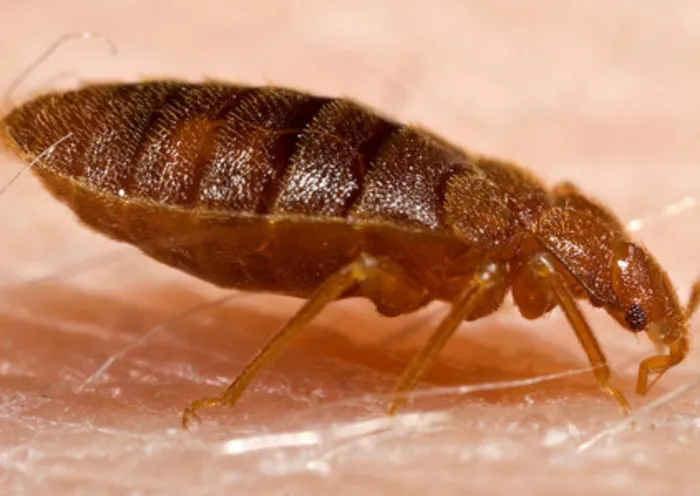Bed bugs, dust mites, bacteria, and fungi: What’s really living in your bed?

Swabs from a pillowcase that hadn’t been washed in a week revealed about three million bacteria per 2.5cm— which is around 17,000 times more than you’d find on the average toilet seat. File picture
We spend about a third of each day in our beds, making our sheets and pillows prime environments for some unwelcome guests.
Hidden beneath the surface, your bed linen may be home to millions of bacteria, fungi, mites, and viruses. These micro-organisms thrive in the warm, cosy conditions of your bedding, where they feed on sweat, saliva, dead skin cells, and food particles.
Take dust mites, for example. Each day, we shed around 500 million skin cells, which for dust mites is akin to an all-you-can-eat buffet. Unfortunately, both dust mites and their droppings can trigger allergies, asthma, and eczema.
Bacteria also find your bed linen inviting. A study by researchers at the Institut Pasteur de Lille in France examined the bed sheets of hospital patients and discovered they were teeming with Staphylococcus bacteria, commonly found on human skin.
Although these bacteria are generally harmless, they can cause serious infections if they enter the body through open wounds, which are more frequent in hospital settings. Dirty linen in hospitals poses a genuine risk of infection, especially with vulnerable patients.
While pathogenic bacteria are more likely to be found in hospital sheets where ill patients have slept, bed linen in healthy households is not immune.
One exception is C. difficile, a bacterium that causes diarrhoea, particularly in older adults. Although washing can remove up to half of C. difficile bacteria, its spores are resilient and difficult to eliminate.
What about the typical pillows and bed sheets we use at home? According to a claim by American mattress company Amerisleep, swabs from a pillowcase that hadn’t been washed in a week revealed about three million bacteria per 2.5cm - which is around 17,000 times more than you’d find on the average toilet seat.
The large amount of bacteria on pillowcases is due to sweat, as our heads tend to perspire during sleep. Additionally, house dust mites inhabit our beds, and their droppings provide a food source for fungi.
The warmth from your head lying on the pillow creates the perfect environment for these micro-organisms to thrive. Since many of us rarely wash our pillows, fungi can live undisturbed for years, only releasing spores when the pillow is fluffed.
Washing your sheets regularly is essential, and ironing them can further reduce bacterial counts. Experts generally recommend washing bed linen once a week.
Having a pet sleep on the bed, going to bed without showering, wearing dirty socks, or sleeping with make-up or lotions on can also increase the presence of bacteria and fungi in your bedding.
IOL Lifestyle
Related Topics: